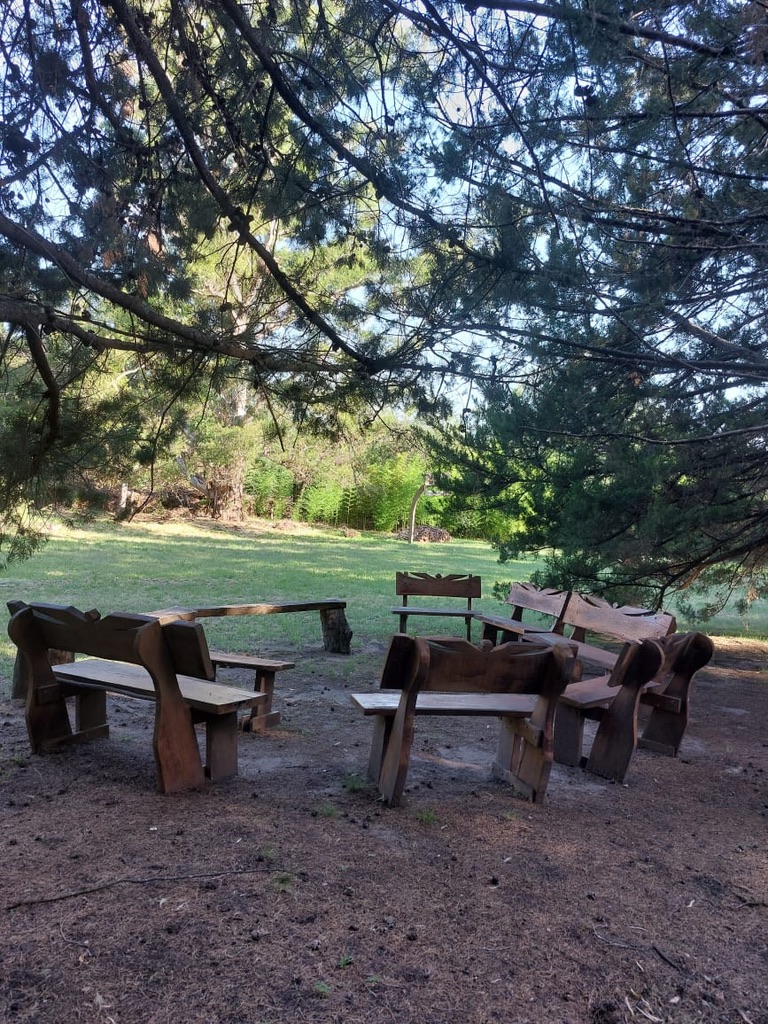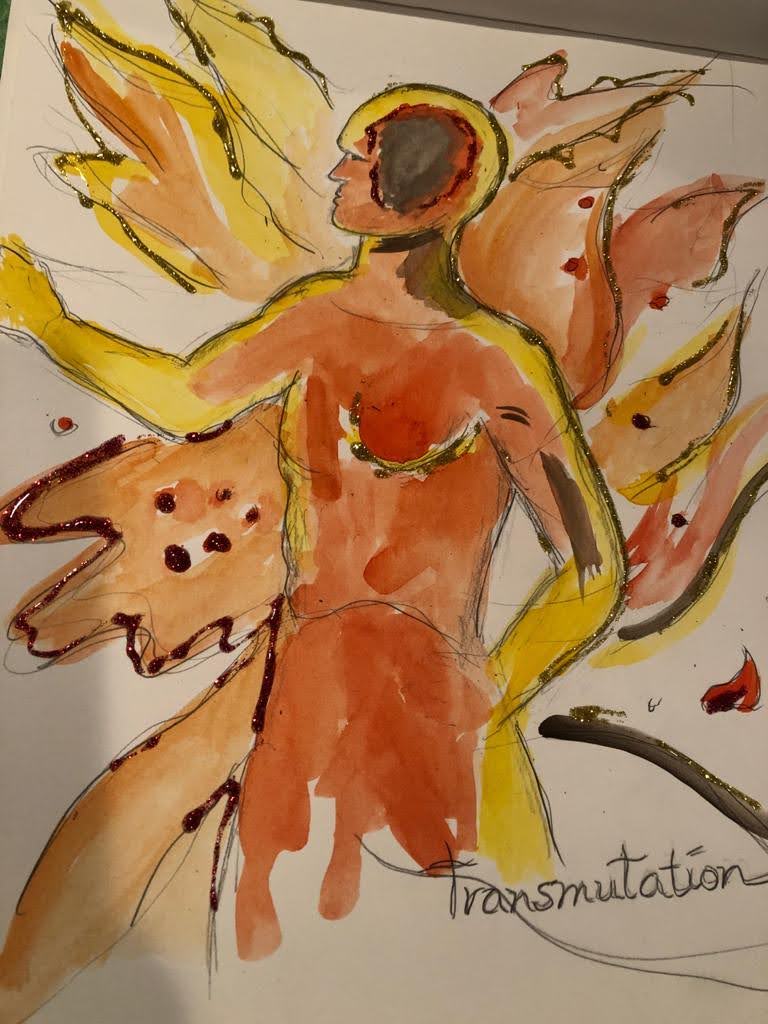Interdependence is the creative process of building something new by connecting and repurposing existing elements. Without it, neither life nor society could have evolved into the dynamic systems we see today. As we navigate modern challenges, it’s vital to tap into this inherent capacity, fostering a sense of unity that benefits everyone.
Two crucial practices, among others, are necessary to cultivate interdependence and thus thrive collectively. Who wouldn’t want this?
The first one is self-awareness, which means understanding what my strengths and limitations are when I want to connect with authenticity, my true self.
Empathy is the second practice that helps cultivate interdependence. It is evident that if I want to connect with others, I must open my heart to them. I respect and appreciate them. This will be an enriching experience.
By adopting an open-minded attitude, we acknowledge that our growth relies on collaboration. This allows us to see ourselves as integral parts of a larger, interconnected global community.

We don’t only learn from other people. Nature provides a perfect analogy. Take mulching, for example: shredding plant matter and spreading it over soil—protects the ground and nourishes it as the material decomposes. Similarly, we can “nourish” our relationships by reusing and redistributing our resources—time, kindness, and energy—for the collective good.
The creative force of interdependence is evident in small and large actions. Consider the concept of knitting: two hands work together to produce a unified piece that neither could achieve alone. Anja Rozen, a 13-year-old artist from Slovenia, beautifully illustrates this idea in a peace poster, showcasing a network of people woven together by shared effort.
On a smaller scale, interdependence shines in simple, everyday moments—like exchanging smiles in a grocery line or greeting someone while walking your dog. Though immeasurable, these acts ripple through society, creating a subtle but powerful chain of goodwill.
Engaging with interdependence often requires vulnerability. A recent personal example is when I had to rely on strangers for help while searching for an address in an unfamiliar neighborhood. Their willingness to assist, despite not knowing the answer immediately, turned the experience into a shared journey. Moments like this remind us that leaning on others isn’t weakness—it’s the essence of being human.
Our meditation groups offer opportunities to practice and reflect on interdependence. In one exercise, members build on a shared theme, contributing individual insights that collectively create a richer understanding. The diversity of perspectives reveals the transformative potential of collaboration.
Living interdependently means recognizing its urgency in both personal and societal contexts. Whether shifting focus from individual goals to broader societal needs or addressing pressing global challenges, bridging these paths requires intention and determination.
As individuals in a fast-paced, interconnected world, we have the power to cultivate interdependence. It’s not just about recognizing our connections but actively participating in strengthening them—for ourselves, our communities, and future generations.








